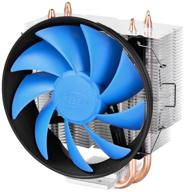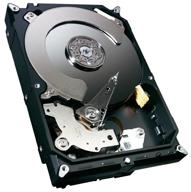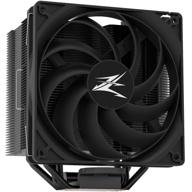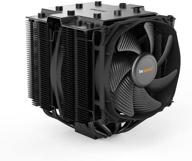
Review on CPU Cooler Be quiet! TF2 BK003 by Jnis Dvids Tts ᠌

A good product at a good price, I advise you to try it.
A extremely controversial model. On the one hand, the overall quality of the craftsmanship, the great fan, and the clean set all captivating; on the other hand, several miscalculations in the design are disheartening. Very weird setup. It is vital to keep the heatsink in place while simultaneously tightening the clamping screws from the back of the socket. At the same time, you should make every effort not to spread the thermal paste all over the socket. In addition, while you are mounting the mounts on the radiator, there are ideal opportunities to lubricate the factory thermal paste that came with the radiator. To remove the motherboard is typically the only choice for people who have an older computer case that does not have a window for the backplate. After removing the motherboard, you will still need to find a way to hold it during the installation process. Do not apply an excessively thick layer of thermal paste if you are going to be using your own, especially if the paste is going to be on the thick side. The clamping force at the cooler mount is relatively low, and the excess may not be able to be squeezed out. There are a few different facets to consider when it comes to the cooling of the space close to the socket. First, on the AMD platform, the cooler can be oriented either above the mosfets, in which case the case fan can interfere with it, or above the RAM modules, in which case there may be problems with access to the motherboard power connector and the RAM modules. Both of these orientations can cause interference from the case fan. Second, the airflow produced by the cooler's fan is limited and warm—a trade-off for the relatively silent operation of the device. As a consequence of this, one should not anticipate that the area directly underneath the cooler will experience any significant amount of cooling. The Ryzen 2600 processor's enclosed cooler performs far better when faced with this challenge. It is quite evident that the cooling of the near-socket space is some type of unintended consequence, and no one promised that it would occur. However, for those individuals who pick top-flow based on such considerations, it will be helpful to have this information. Ryzen 2600 does not allow heating up over 56 degrees in LinX, even when the room temperature is 28, allowing a certain margin for overclocking and nearly no noise at the same time. Other than that, it is up to its work. Ryzen 2600 does not allow heating up over 56 degrees in LinX. In contrast to the box, the photo is shown here.
- Short in stature. whatsoever kind, but blowing in the vicinity of the socket space. Effective heatsink with a suitable amount of fin area for a top-flow cooler. Very quiet fan. Mounts for the AM4 system.
- In my opinion, there is room for improvement in the clamping force of the mount. Installation is a very difficult process (with the exception of the LGA2022 platform). The cost is really steep.
New products
Comments (0)
Top products in 🧰 Computer Internal Components
Another interesting products
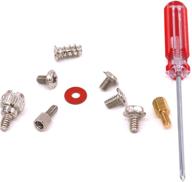
Glarks 660 Pieces Phillips Assortment Motherboard

10 Review
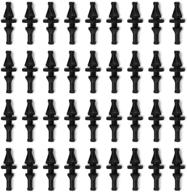
36-Pack Black Rubber PC CPU/Case Fan Screws/Rivets Set for Computer

11 Review
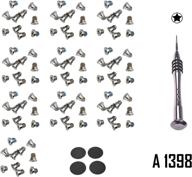
🔧 Premium Repair Replacement Screws & Tools for MacBook Pro Retina 15"/13" - Complete Bottom Case Set

10 Review

Comprehensive 500pcs Laptop Screw Kit Set for 🔩 IBM HP Dell Lenovo Samsung Sony Toshiba Gateway Acer

12 Review


